Starting a raised bed vegetable garden is one of the best ways to grow your own fresh, delicious produce while keeping your gardening simple and organized. Whether you’re a seasoned gardener or just starting out, raised beds offer numerous benefits, including improved drainage, reduced weed growth, and better control over soil quality.
In this guide, we’ll walk you through everything you need to know to create a thriving raised bed vegetable garden, and we’ll recommend highly-rated products from Amazon to help you get started.
*I may earn a commission at no additional cost to you. I only add products I believe in.
Why Choose Raised Beds for Vegetable Gardening?
Raised beds are a fantastic option for beginners and experienced gardeners alike. Here’s why:
- Better Soil Control: You can fill your beds with high-quality soil, eliminating concerns about poor native soil.
- Improved Drainage: Raised beds drain better, preventing waterlogging that can harm plant roots.
- Reduced Weeds: The defined space and ability to mulch heavily make weed management much easier.
- Easier Access: With raised beds, you don’t have to bend as much, making gardening more comfortable for your back and knees.
- Extended Growing Season: The soil in raised beds warms up faster in the spring, allowing you to plant earlier.
The best way to garden success is to have a trusted book at your disposal to reference as things come up.
Recommended Product: The Ultimate Raised Bed & Container Gardening Guide for Beginners
Step 1: Plan Your Garden
Decide on Location
Choose a sunny spot for your raised bed garden. Most vegetables require at least 6–8 hours of direct sunlight daily. If possible, pick a location with easy access to water.
Size and Layout
For beginners, start with one or two raised beds. A 4×8-foot bed is a popular size because it provides plenty of planting space while being easy to reach from all sides.
- Recommended Product: The Best Choice Products Raised Garden Bed is a sturdy and easy-to-assemble option that’s perfect for beginners.
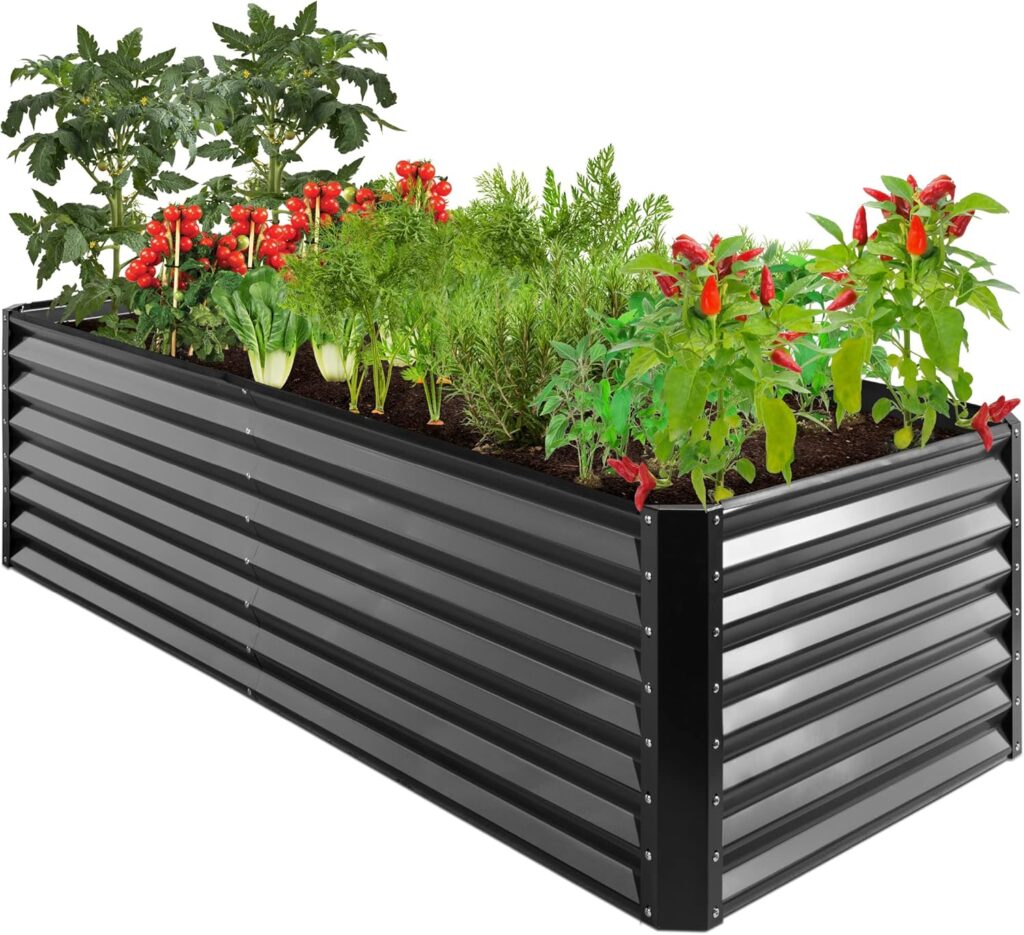
Step 2: Choose or Build Your Raised Beds
You can purchase pre-made raised bed kits or build your own using materials like wood, stone, or metal.
Materials:
- Wood: Cedar and redwood are durable and naturally resistant to rot.
- Metal: Galvanized steel beds are long-lasting and modern-looking.
- Recycled Materials: Repurposing pallets or other wood is an eco-friendly option.
- Recommended Product: The Yaheetech Wooden Raised Garden Bed Kit is highly rated for its durability and attractive design.
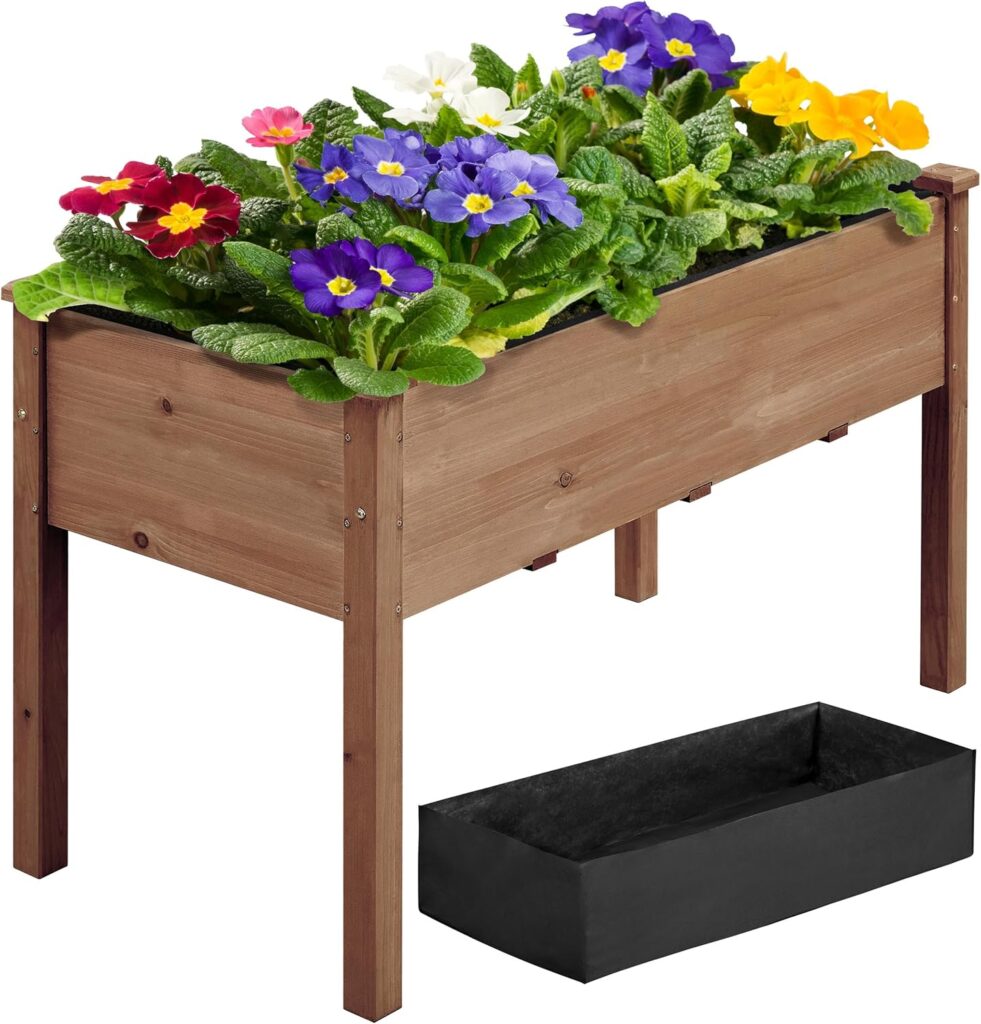
DIY Option:
If you prefer to build your own, you’ll need untreated wood, screws, and basic tools. Aim for a bed height of at least 6–12 inches to allow roots to grow freely.
Step 3: Prepare the Base
Once you’ve chosen your bed and its location, prepare the ground where your raised bed will sit.
Clear the Area
Remove any grass, weeds, or debris from the area to prevent competition for nutrients.
Add a Weed Barrier
Lay down a layer of cardboard, newspaper, or landscape fabric to suppress weeds. Wet the barrier before adding soil to help it break down over time.
Step 4: Fill Your Raised Bed with Soil
The quality of your soil is critical to the success of your vegetable garden. Raised beds allow you to create the ideal soil mix from scratch.
Soil Recipe:
A good mix for raised beds is:
- 50% topsoil
- 30% compost (homemade or store-bought)
- 20% aeration materials (like perlite or coarse sand)
- Recommended Product: Espoma Organic Potting Soil Mix is a highly-rated option for enriching your raised beds.
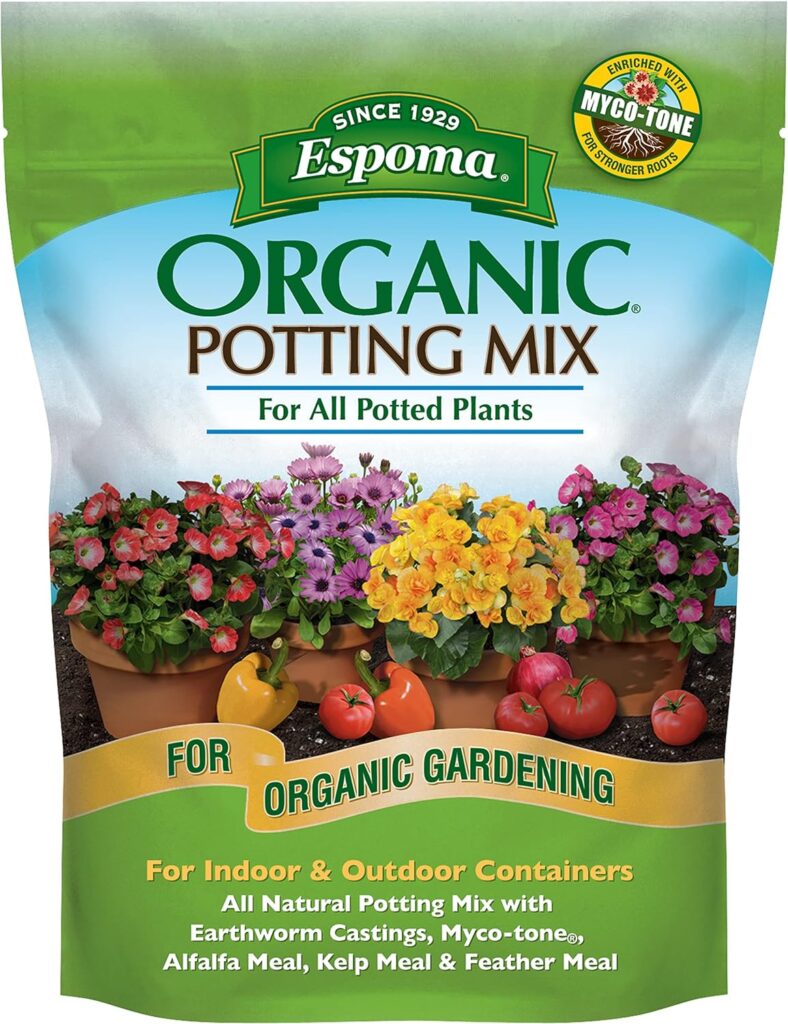
Amendments:
Add organic amendments like bone meal, blood meal, or rock phosphate based on the specific needs of your plants.
- Recommended Product: Jobe’s Organics All-Purpose Fertilizer is a beginner-friendly, eco-friendly choice for boosting soil fertility.

Step 5: Plan Your Vegetable Layout
Before planting, take some time to plan what vegetables you want to grow. Consider these factors:
Companion Planting:
Certain vegetables grow better together. For example:
- Tomatoes and basil enhance each other’s growth.
- Carrots and onions deter pests.
Spacing:
Overcrowding can stunt growth, so check plant labels or seed packets for recommended spacing.
Vertical Gardening:
Maximize space by growing climbing plants like peas, beans, or cucumbers on trellises.
- Recommended Product: The Lalahoni Garden Trellis is perfect for supporting climbing vegetables and adds a decorative touch.
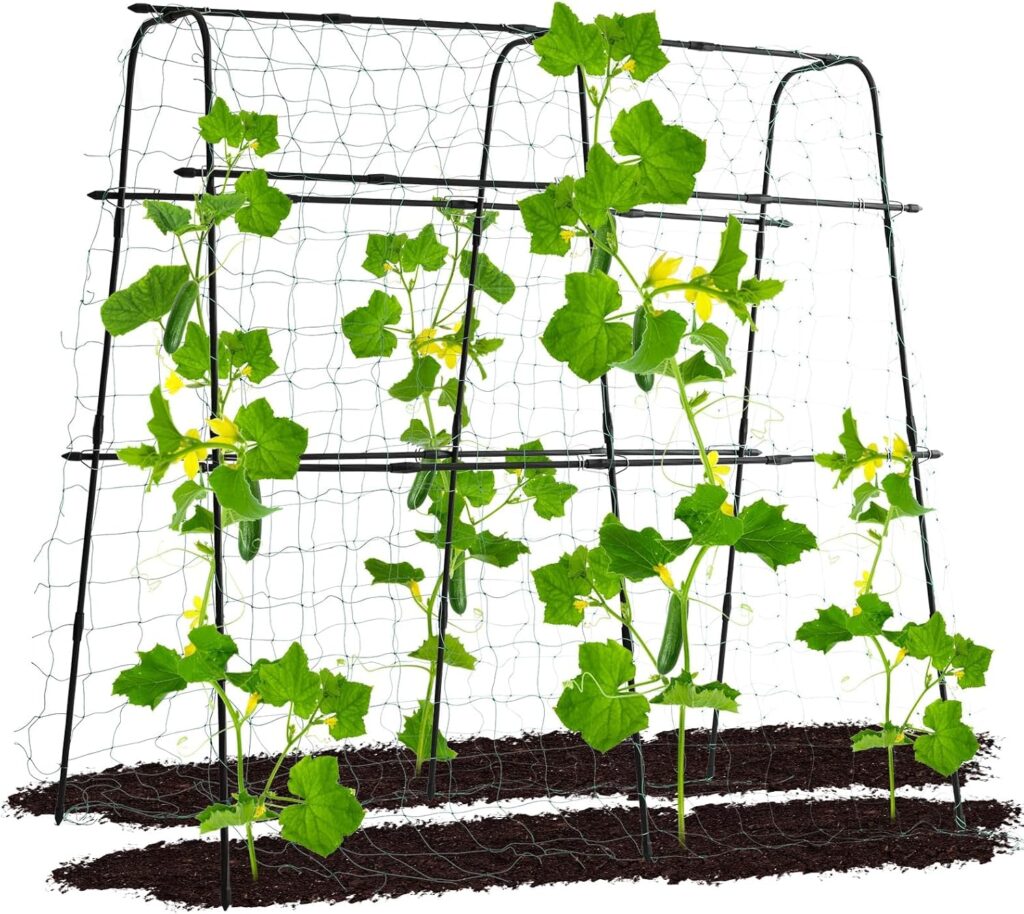
Step 6: Start Planting
Seed or Seedlings?
- Seeds: Starting from seed is cost-effective and offers a wider variety of options.
- Seedlings: If you want a head start, buy young plants from a nursery or grow your own indoors.
- Recommended Product: BlumWay Seed Starter Tray with Grow Light includes everything you need to start seeds indoors.
Planting Tips:
- Follow planting instructions for depth and spacing.
- Water your plants gently after planting to help them settle.
Step 7: Watering Your Garden
Raised beds dry out faster than traditional gardens, so regular watering is essential.
Watering Tips:
- Water deeply and consistently, aiming for 1–2 inches of water per week.
- Use a soaker hose or drip irrigation for efficient watering.
- Recommended Product: The Flantor Garden Irrigation System is a beginner-friendly drip irrigation kit that ensures even watering.

Step 8: Mulch to Retain Moisture and Suppress Weeds
Adding a layer of mulch around your plants helps conserve moisture, regulate soil temperature, and reduce weed growth.
Organic Mulch Options:
- Straw
- Wood chips
- Shredded leaves
- Recommended Product: EZ-Straw Seeding Mulch with Tack is easy to use and highly effective.
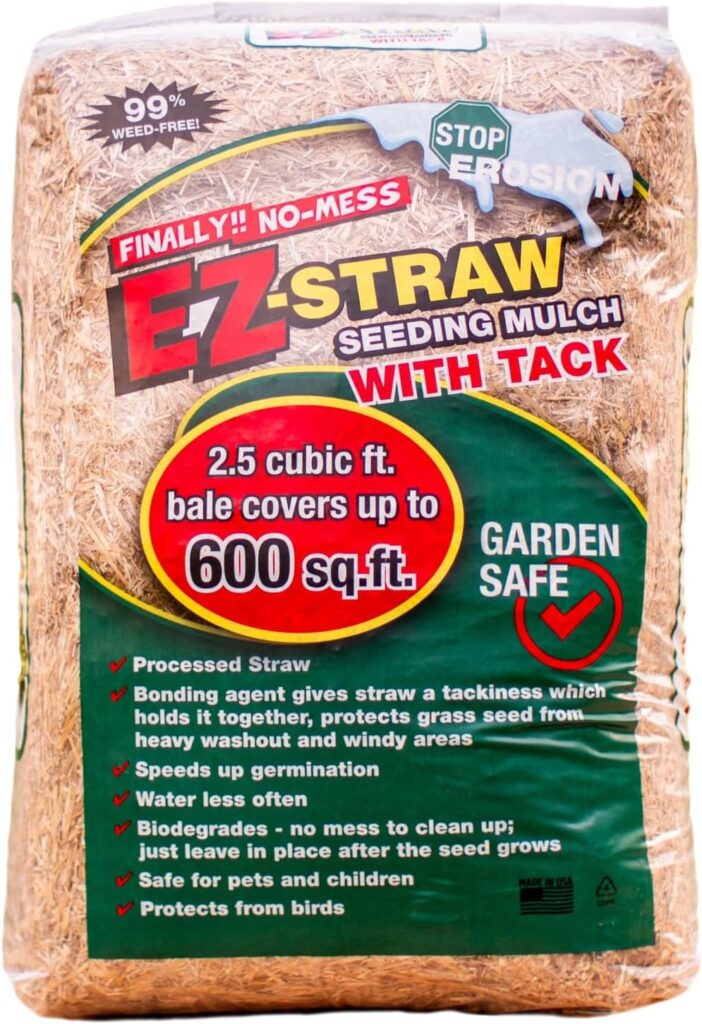
Step 9: Maintain Your Raised Bed Garden
Your raised bed vegetable garden will thrive with a bit of regular care and attention.
Weeding:
Check your beds weekly and remove any weeds by hand.
Fertilizing:
Feed your plants with organic fertilizer every few weeks, especially during the growing season.
Pruning:
Trim back overgrown leaves to improve air circulation and prevent disease.
- Recommended Product: The VIVOSUN Gardening Hand Pruners are perfect for precision trimming.
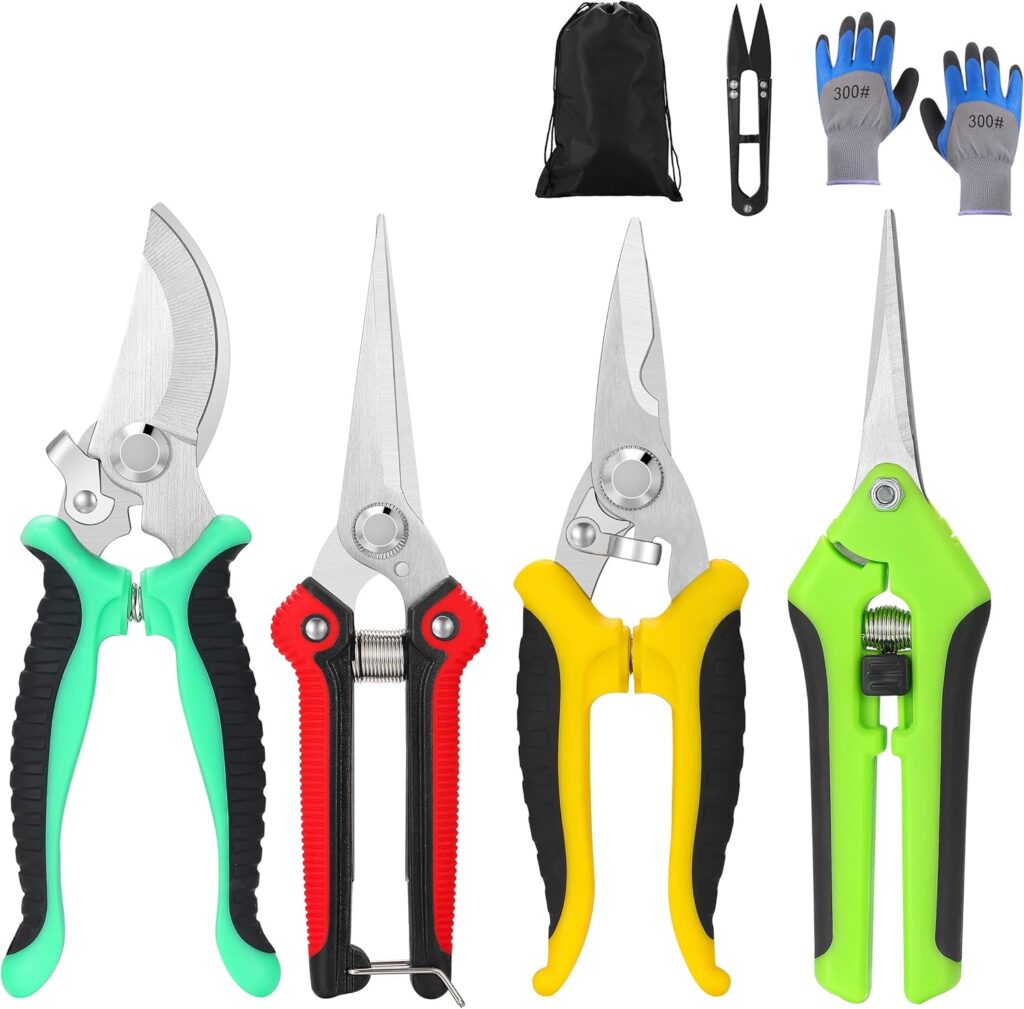
Step 10: Harvest and Enjoy
The best part of gardening is enjoying the fruits (and vegetables) of your labor. Harvest your crops when they’re ripe to encourage continued production.
Harvesting Tips:
- Use clean, sharp tools to cut vegetables rather than pulling them off the plant.
- Harvest regularly to prevent overripe produce.
- Recommended Product: Roo Gardening Apron with Pockets
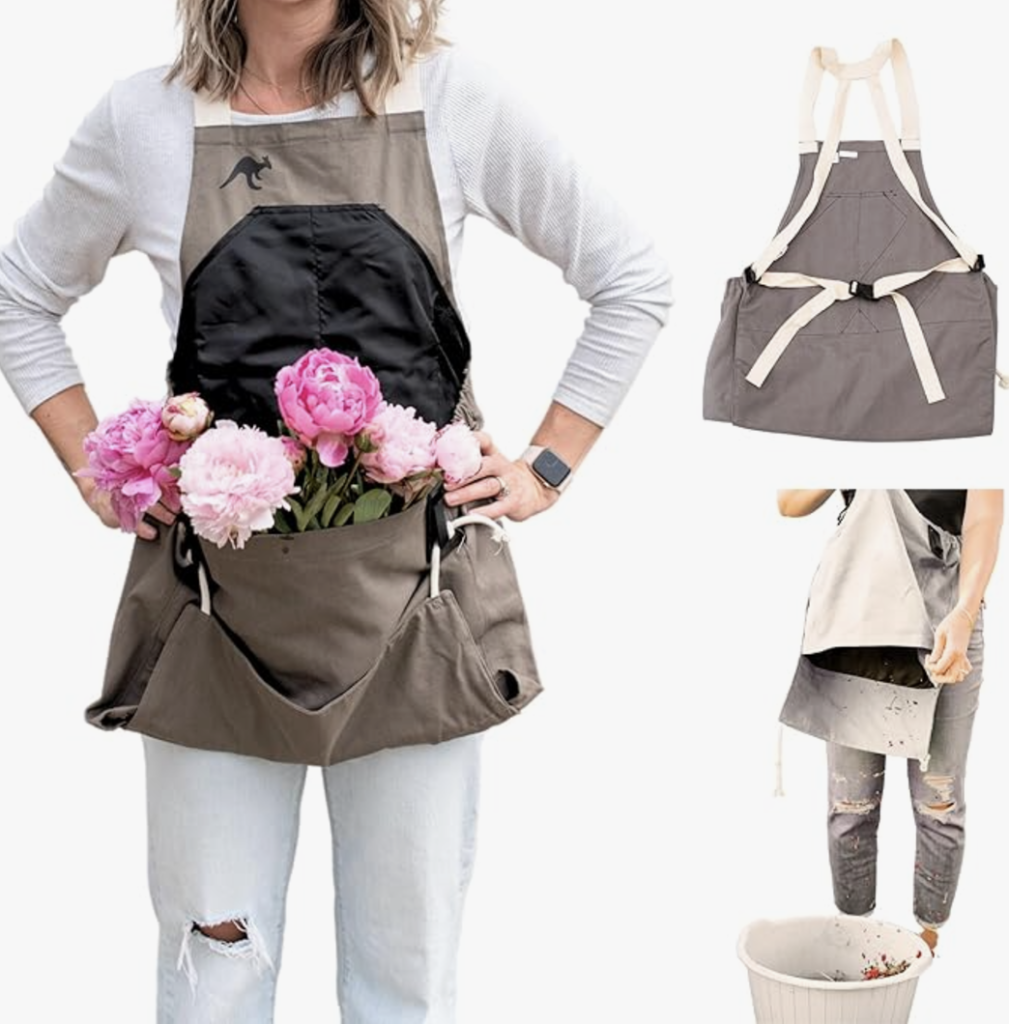
Troubleshooting Common Raised Bed Gardening Issues
Problem: Plants Are Wilting
- Cause: Underwatering or overwatering.
- Solution: Check soil moisture and adjust your watering schedule.
Problem: Yellowing Leaves
- Cause: Nutrient deficiency or overwatering.
- Solution: Add fertilizer or improve drainage.
Problem: Pests
- Cause: Common garden pests like aphids or caterpillars.
- Solution: Use natural pest control methods, such as introducing beneficial insects like ladybugs.
- Recommended Product: Nature’s Good Guys Live Ladybugs are an organic way to control pests.

Benefits of Raised Bed Gardening
By starting a raised bed vegetable garden, you’ll enjoy:
- Healthier Plants: Controlled soil quality and drainage result in more robust plants.
- Convenience: Defined spaces are easier to maintain and organize.
- Increased Yield: Optimized soil and spacing lead to more productive harvests.
- Sustainability: Growing your own food reduces your environmental footprint.
Getting Started
Starting a raised bed vegetable garden is an investment in your health, your home, and the planet. With the right tools, quality soil, and a little bit of planning, you can create a productive and eco-friendly garden space that will reward you with fresh, delicious vegetables all season long.
So, grab your gardening gloves, order a raised bed kit, and start growing your own sustainable produce today. Happy gardening!